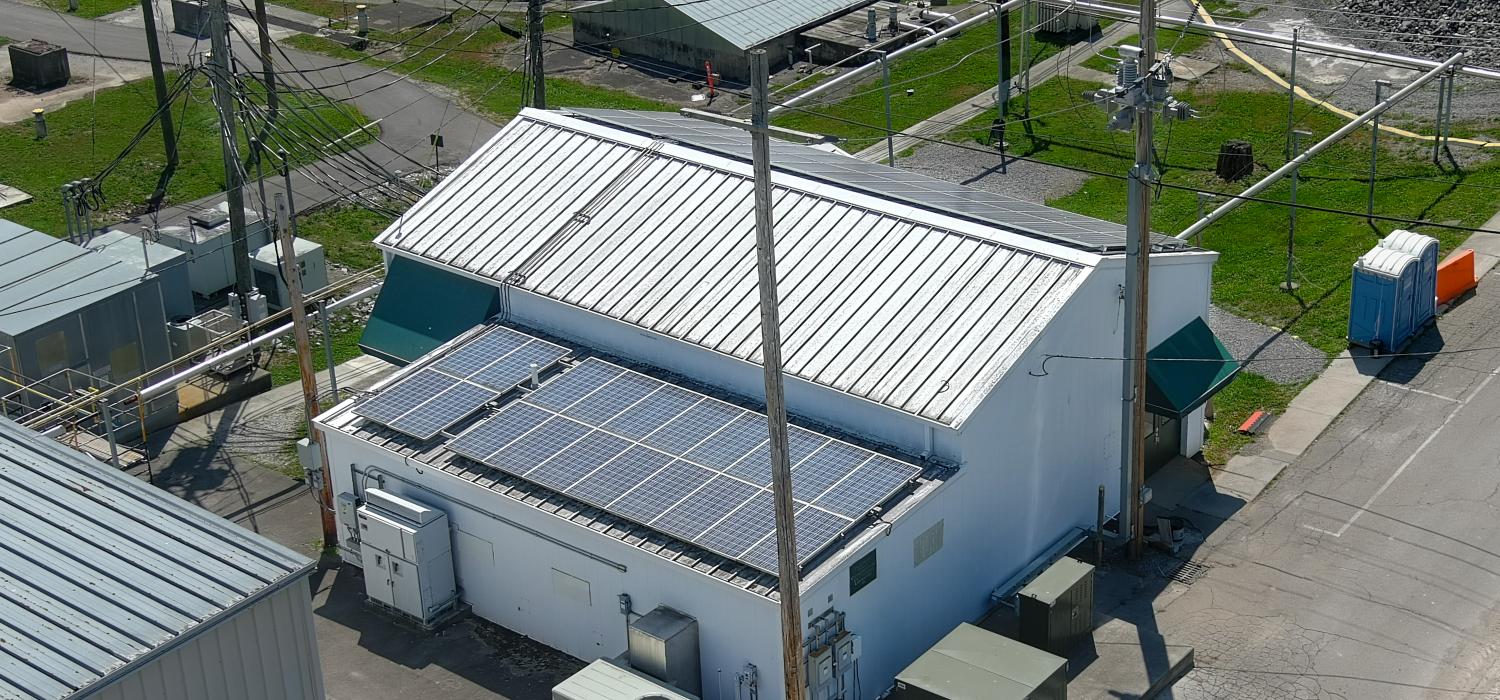Distributed Energy Communications and Controls Laboratory (DECC)


The Distributed Energy Communications and Controls Laboratory (DECC) houses two major test beds. The DECC Test Bed for Anomaly Detection is focused on evaluation and demonstration of conventional and state-of-the-art sensors for the nation’s power grid. Renewable energy resources and electric vehicles (EVs) are radically changing power distribution, requiring new high-frequency monitoring, diagnostics, and controls to ensure reliable power delivery.
The DECC Test Bed for Integrated Power Electronics extends simulation and emulation research into application using installed distributed energy resources, loads, and sensing. It is critical to demonstrate integration and optimization of advanced communications and controls for new power electronic technologies as they blend or interact with commercial systems, in both grid-tied and microgrid environments. Technologies supporting both AC-DC power conversion and direct DC-DC power conversion will be required for scaling new energy sources and higher loads, such as from EV charging, for grid modernization.

Uniqueness and capabilities:
Test Bed for Anomaly Detection
Test Bed for Integrated Power Electronics

Technology Resources:
